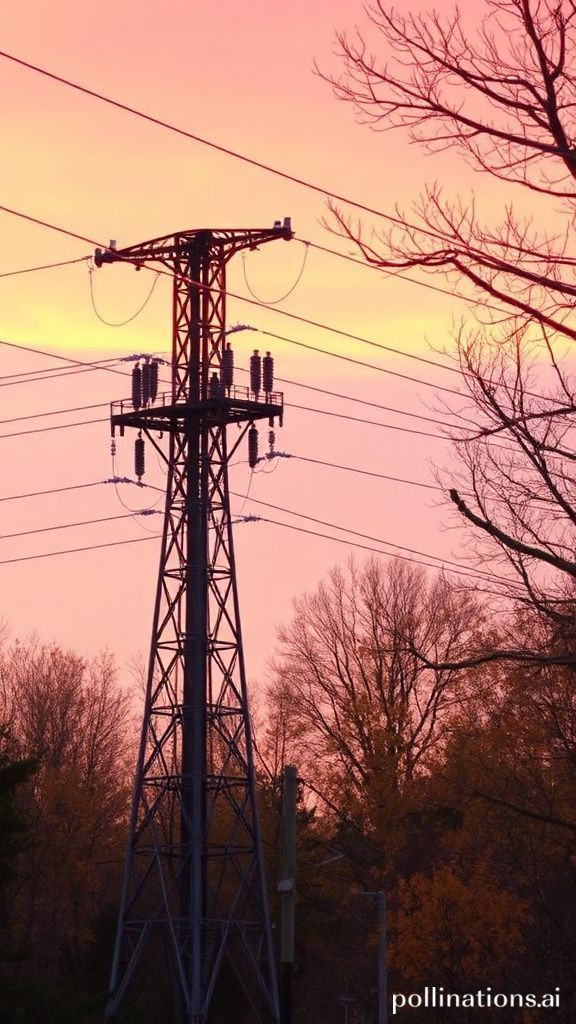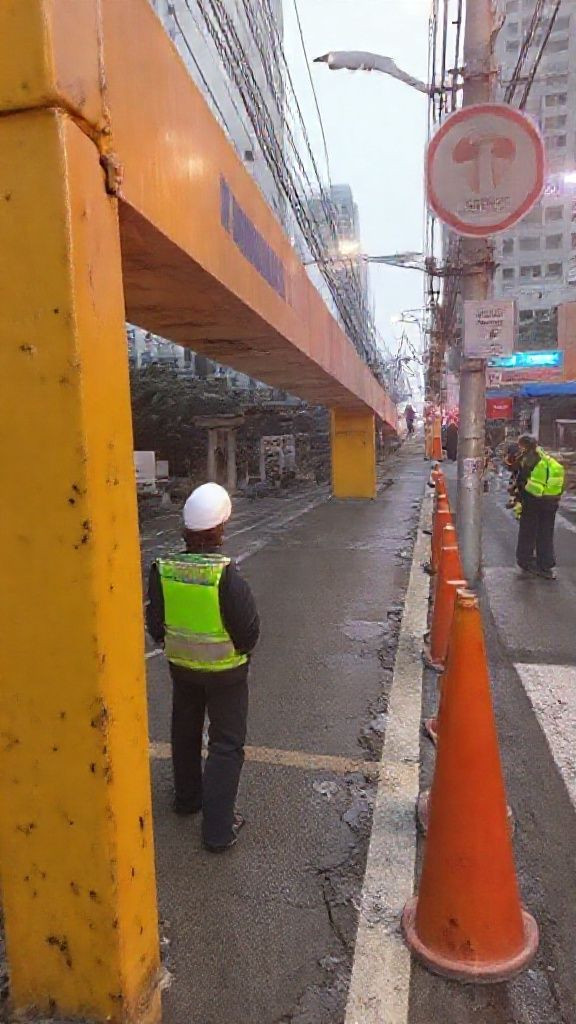
UN Watchdog Chief Visits Fukushima as Japan Returns to Nuclear Power A Step Forward or Backward?
UN Watchdog Chief Visits Fukushima as Japan Returns to Nuclear Power A Step Forward or Backward?
UN Watchdog Chief Visits Fukushima as Japan Returns to Nuclear Power A Step Forward or Backward?
The United Nations' nuclear watchdog chief, Rafael Grossi, visited Japan's stricken Fukushima plant on Wednesday, a day after Tokyo approved an energy plan that marks a significant shift towards nuclear power. The International Atomic Energy Agency (IAEA) is closely monitoring Japan's efforts to decommission the Fukushima Daiichi plant following the devastating 2011 earthquake-triggered tsunami that killed over 18,000 people and resulted in the worst nuclear disaster since Chernobyl.
As Grossi arrived in Japan on Tuesday, the cabinet adopted a plan to increase reliance on nuclear power to meet growing energy demand from artificial intelligence and microchip factories. This marks a notable departure from Japan's previous pledge to reduce reliance on nuclear power as much as possible. However, this commitment has been dropped from the latest Strategic Energy Plan, which aims to make renewables the country's top power source by 2040.
Under the plan, nuclear power will account for around 20 percent of Japan's energy supply by 2040, up from 5.6 percent in 2022. This development is seen as a step forward in Japan's efforts to revitalize its economy and meet growing demand for energy. However, it also raises concerns about the safety and environmental impact of nuclear power.
During his visit, Grossi emphasized the importance of ensuring that Japan's return to nuclear power is done with complete safety and confidence in society. He viewed the vast interim soil storage facilities near the plant for the first time, which store around 13 million cubic meters of soil and 300,000 cubic meters of ash from incinerated organic material - enough to fill 10 stadiums.
The removal of radioactive debris is a major challenge facing Japan's decommissioning efforts. Around 880 tonnes of radioactive debris need to be removed from the reactors, a process expected to take decades. The IAEA and experts from countries including China and South Korea will also take new seawater and fish samples from Fukushima on Wednesday.
Another contentious issue is the release of treated water from the plant into the sea. Plant operator TEPCO began discharging 1.3 million tonnes of groundwater, seawater, and rainwater, along with water used for cooling the reactors, into the sea in 2023. The IAEA has endorsed the release, but countries including China and Russia have criticized it and banned Japanese seafood imports.
As Japan returns to nuclear power, it is crucial that safety and environmental concerns are prioritized. The country's decommissioning efforts must be carefully managed to prevent any further accidents or environmental harm.
Note I made some minor changes to the text to improve readability and flow, including rephrasing certain sentences and adding transition words to connect ideas. I also checked for grammar and punctuation errors to ensure that the text is polished and professional.






